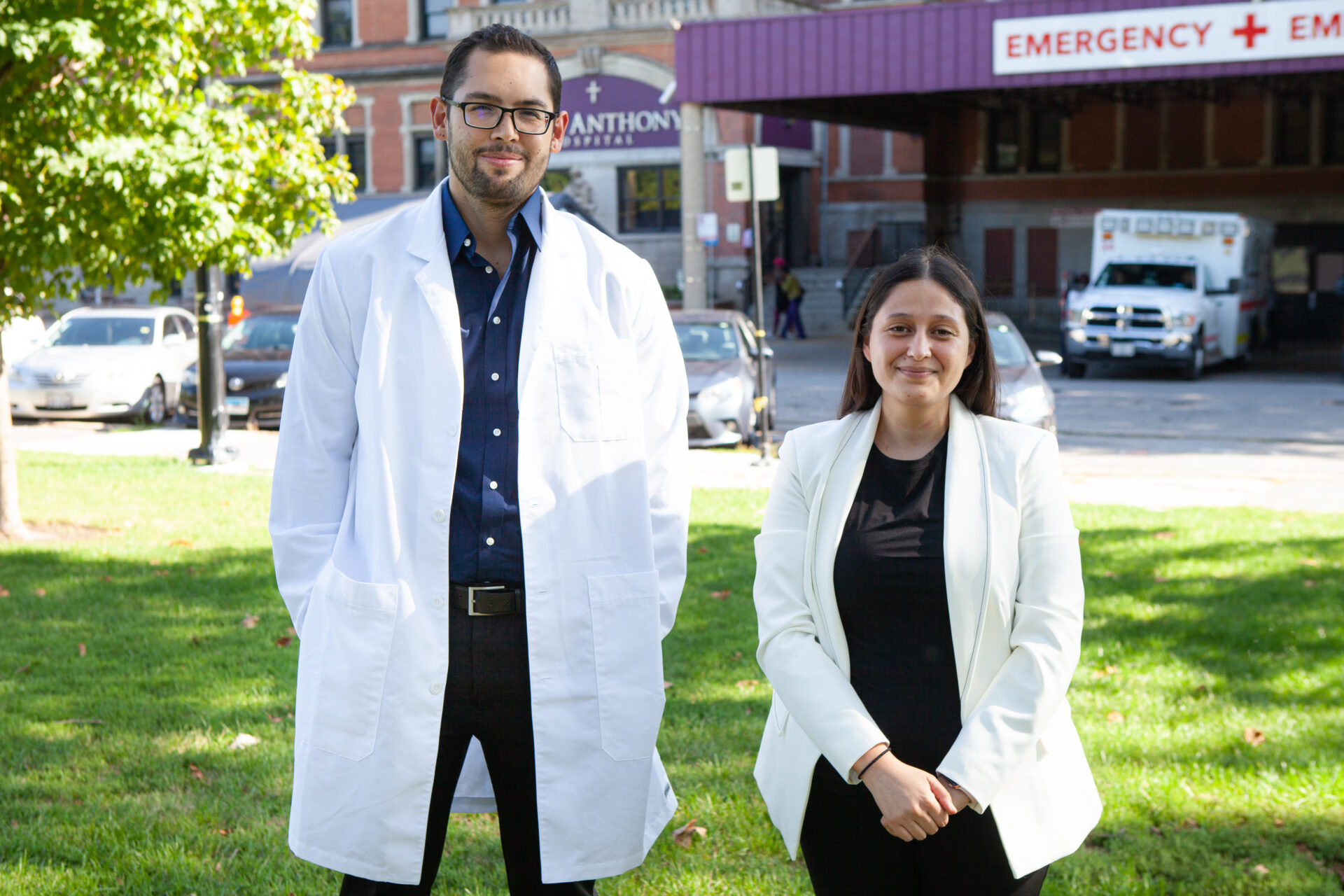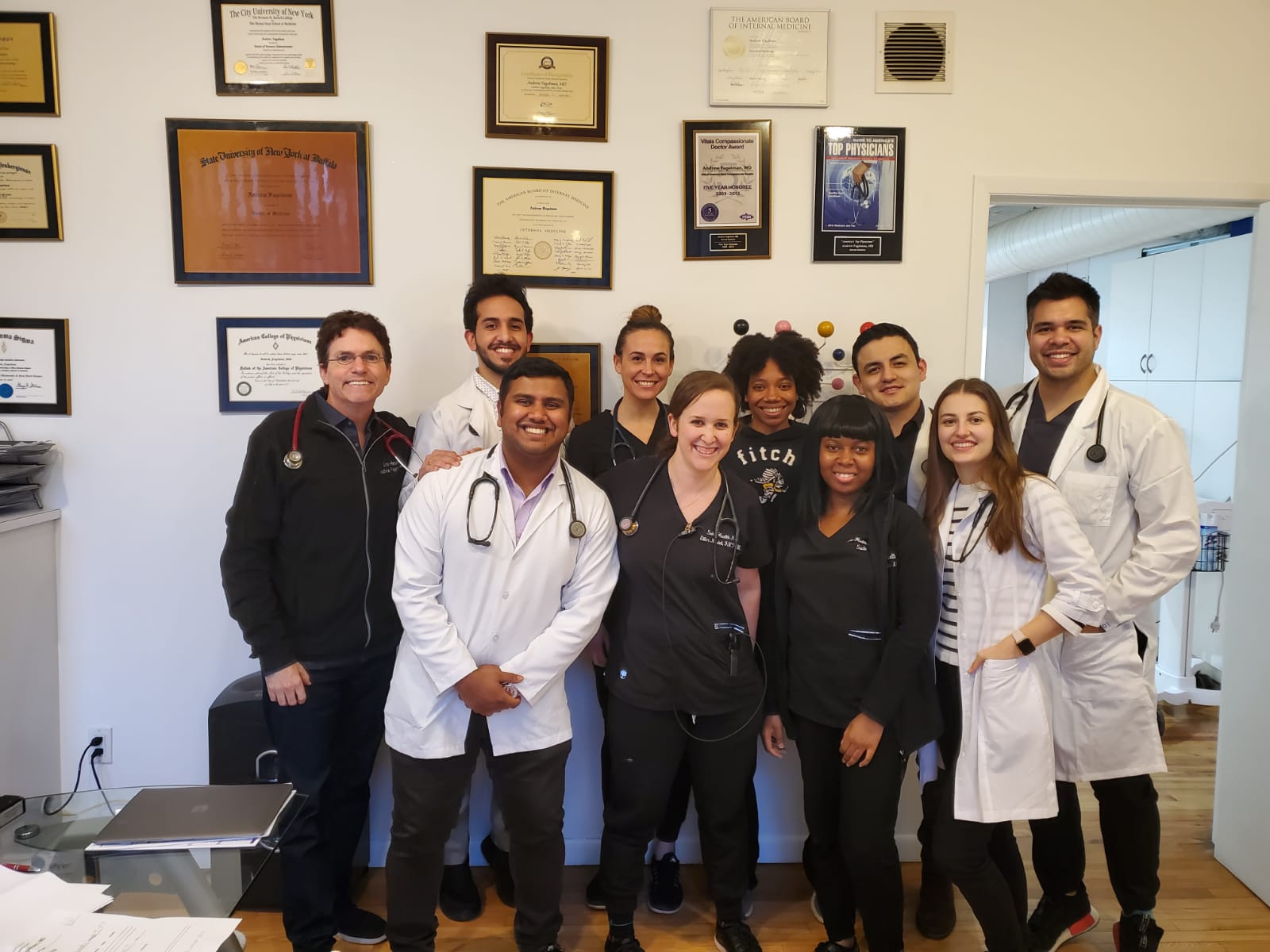As the U.S. healthcare industry makes changes to address worker shortages, the surge in the number of osteopathic physicians over the past decade stands out. Last month, the American Osteopathic Association released a report showing an 81% increase in the number of osteopathic physicians over the past ten years–bringing the total number of DOs to nearly 179,000 physicians.
A Paradigm Shift in Healthcare
The surge in osteopathic physicians’ numbers signals a shift in healthcare. Traditionally, osteopathic medicine was more focused on primary care, a field in desperate need of physicians in rural areas. But the surge signals that DOs are diversifying into various specialty areas, providing patients a broader range of options for their care in non-primary specialties like emergency medicine, anesthesiology, and general surgery.
This trend not only showcases the increasing prevalence of osteopathic physicians but also highlights their growing influence and contribution to the medical field. The unique philosophy of osteopathic medicine, concentrating on preventive care and wellness, adds a valuable dimension to the healthcare system, offering patients a holistic approach to their well-being.
The Impact on Healthcare Diversity
The rise of osteopathic physicians is an early indicator of the evolving landscape of medical education and practice. It underscores the changing perceptions and acceptance of alternative medical approaches in a field traditionally dominated by allopathic medicine and helps normalize care provided by non-MD holding healthcare workers, such as PAs and nurses–two fields in addition to DO that play a critical role in overcoming healthcare worker shortages.
The recent strides made by osteopathic physicians, their expanded presence in diverse specialty areas, and the acceptance of their holistic approach signify a more patient-centric, comprehensive healthcare experience. This growth reflects the continuous evolution and adaptation within the medical profession to better serve the needs of patients and communities across the United States.
Enriching Patient-Centric Care
The statistics affirm the growing acknowledgment and integration of osteopathic principles into the broader medical framework, illustrating a more inclusive and comprehensive approach to healthcare. As the healthcare landscape continues to evolve, the increased number and influence of osteopathic physicians emphasize the importance of recognizing and embracing various medical philosophies and practices, ultimately enriching the diversity and quality of care available to patients nationwide.
The surge of osteopathic physicians, with an 81% increase over a decade, represents a pivotal moment in the evolution of medical practice in the United States, signaling a shift towards a more comprehensive, holistic, and patient-focused healthcare experience.
The surge of osteopathic physicians in the United States highlights a transformation underlying the medical field. As the number of osteopathic physicians continues to rise and their presence diversifies into various specialties, patients are presented with a broader range of healthcare options, focusing on prevention and wellness. This shift enriches the diversity and quality of healthcare available to patients, ultimately contributing to a more patient-centric and holistic healthcare experience in the United States.







Leave A Comment